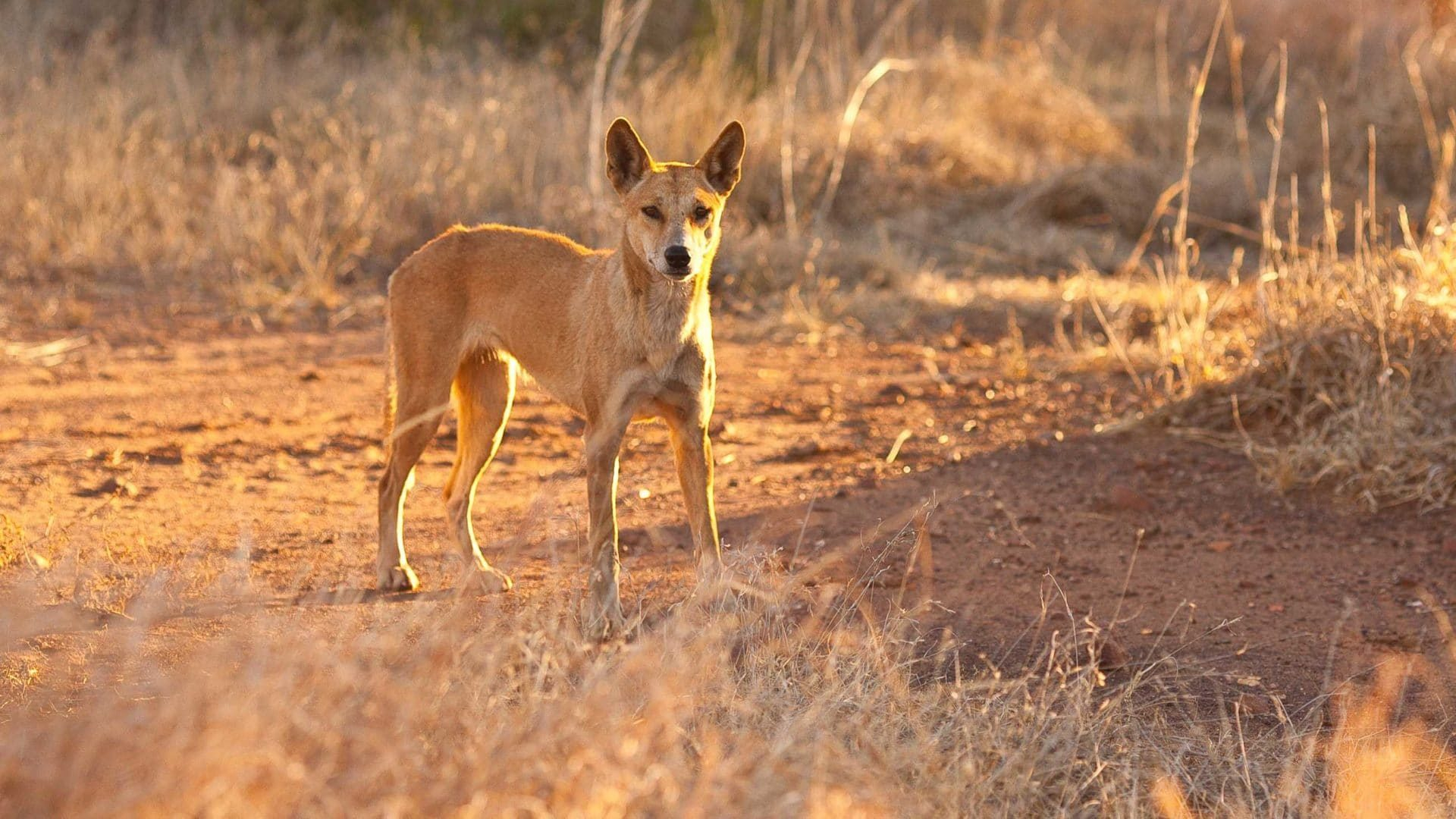In the vast landscapes of Australia, the dingo, Canis lupus dingo, reigns as a fascinating and integral part of the ecosystem. These wild canines have long intrigued researchers and nature enthusiasts alike. Originating from Southeast Asia, dingoes have seamlessly adapted to the diverse habitats of Australia, displaying a remarkable variety in their coats.
Dingoes are not confined to the familiar sandy hue; their coats form a stunning palette that spans various colors, challenging the stereotypical image. While the sandy coat is the most commonly associated with dingoes, researchers from The University of New South Wales (UNSW) reveal a spectrum that includes black, white, tan, brindle, and even patchy coats.
The UNSW research sheds light on the diverse coat colors among dingoes. Surprisingly, the study found that 53% of dingoes exhibit a sandy coat, while 14% showcase the distinctive brindle pattern. Furthermore, 11% boast a striking black and tan combination, 9% sport a sable hue, 6% feature patchy patterns, 5% are entirely black, and 1% stand out with a pristine white coat.
Dingoes, often misunderstood, play a crucial role in maintaining ecological balance. Their adaptability and varied coat colors emphasize the complexity of these wild canines.
The dingo's journey in Australia began thousands of years ago, making it a native species integral to the continent's biodiversity. These wild dogs, with their pointed ears and bushy tails, exhibit characteristics finely tuned to suit the harsh Australian landscapes. Their origin from Southeast Asia showcases their resilience and ability to thrive in different environments.
In terms of habitat, dingoes are highly adaptable and can be found in various ecosystems, including deserts, grasslands, and forests. Their presence has left an indelible mark on the Australian ecosystem, shaping its dynamics through their interactions with native fauna.
The conventional image of a sandy-colored dingo, camouflaged against the arid landscapes, is just a fraction of the story. The UNSW research underscores that dingoes don't adhere to a singular coat color but exhibit a captivating range.
The prevalence of the brindle pattern challenges preconceived notions, showcasing the individuality within the dingo population. The existence of black, tan, sable, and patchy coats adds layers to their mystique. This diversity not only reflects the adaptability of dingoes but also contributes to their ecological significance.
Understanding the varied coat colors among dingoes is pivotal in appreciating their role in the ecosystem. As we marvel at the different hues these wild canines showcase, it's a reminder that nature's palette is vast and unpredictable. Dingoes, with their intricate coat colors, are a testament to the rich biodiversity that defines Australia's wild landscapes.
The vibrant array of dingo coat colors challenges stereotypes and illuminates the complexity of these native canines. Each coat tells a unique story of adaptation, resilience, and the intricate dance between species and environment.
